- Home
- Abruzzo
Join A Secret Italy
You come to Italy thinking it will be a trip. You leave knowing it was a beginning
What to Do in Abruzzo: The Complete Guide
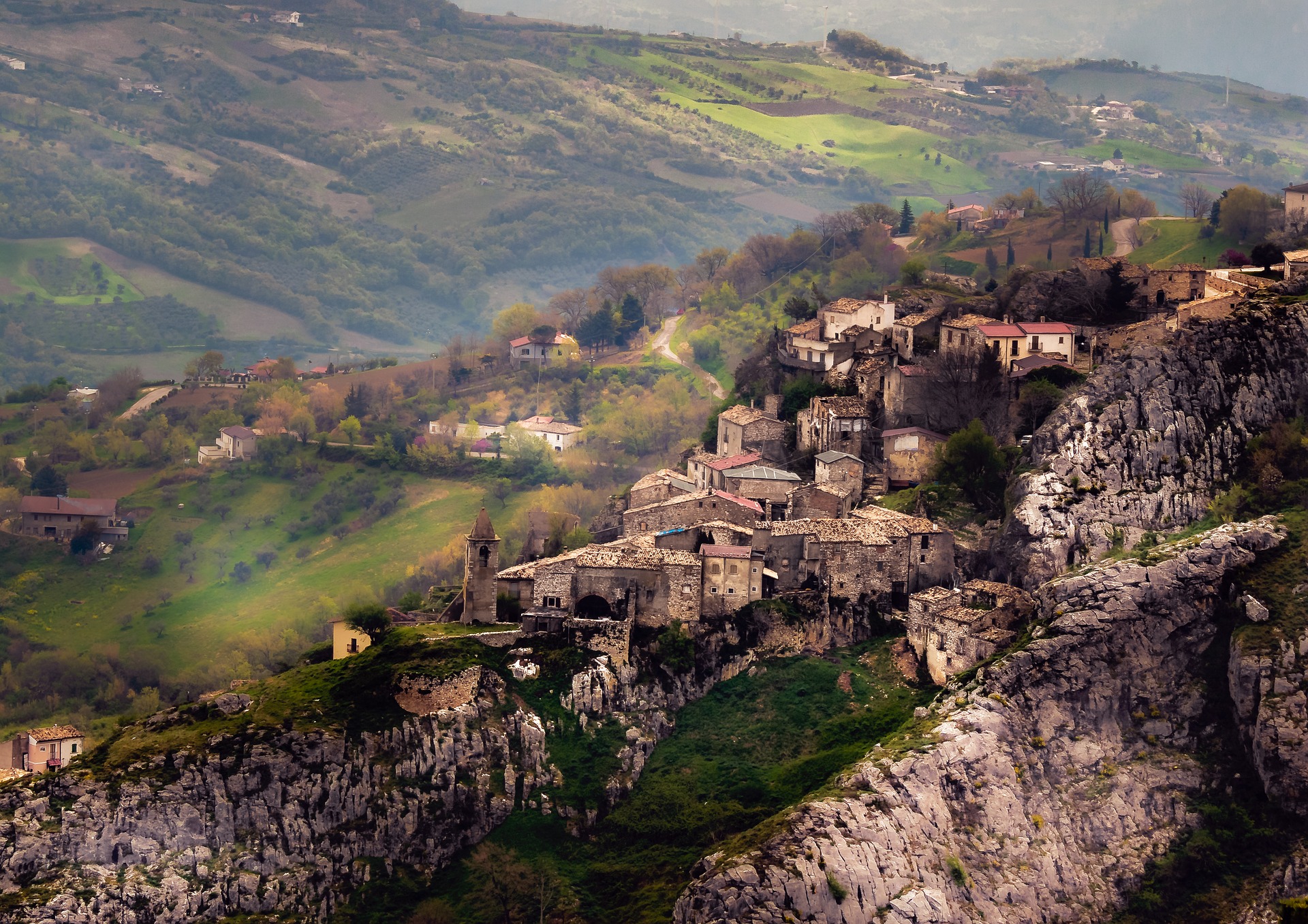
For years I neglected Abruzzo, and then, through a series of coincidences, my family and I ended up spending a summer and autumn living in Vasto, a gorgeous town on the coast of southern Abruzzo.
It was an experience we loved.
The kindness of the people, the gorgeous scenery, and the fabulous food are all things I will remember forever. I recall the first day we arrived, going out to get a pizza for lunch, and ending up spending hours chatting with locals at the pizzeria and being invited to dinner with a local family.
That was my first day in Abruzzo, and it just continued in the same friendly, fun, unplanned way. If anything, it got even better.
Abruzzo is truly a hidden Italian treasure, so near Rome yet missed by 99% of foreign tourists visiting Italy. I don't want you to lose out on this, so I've decided to share some of the must-see destinations in Abruzzo with you.
Must Know Before You Go: Public transport in Abruzzo is poor. To explore Abruzzo properly, you will need a car. Rent it before you leave for the best deals.
About Abruzzo
Abruzzo, nestled between the Apennines and the crystalline Adriatic Sea, is chock-a-block full of the sort of things we all love about Italy: friendly people, timeless charm, art and history, serene landscapes, and coastal splendor.
The people in Abruzzo don't have that jaded, worn-out feeling you sometimes get from residents of Venice, the Amalfi Coast and Florence, all cities where many locals have had enough of tourists. In Abruzzo, everyone wants to know where you are from, they are excited to meet you and overjoyed that you've chosen to visit their corner of Italy.
A visit to Abruzzo reveals genuine Italian heart and hospitality, and offers an unforgettable experience. Abruzzo is more than an itinerary—it's an invitation to experience the old-world charm of a lifestyle that is slipping away in much of Italy. Your journey here is certain to be unforgettable.
So, by now you are probably wondering, "What there is to do in Abruzzo?" That's a question rich with possibilities. From exploring UNESCO World Heritage sites to savoring exquisite Italian cuisines at a family trattoria, Abruzzo has a wealth of options waiting for you. Let's go explore together...
Towns in Abruzzo
Vasto: The Balcony to Adriatic Vistas
I love Vasto. It's a delightful mixture of a hill town and a seaside beach town. Located on a hill top along the Adriatic coast, it is known for its beautiful beaches, charming old town, and the famous seafood stew known as Il brodetto alla vastese.
So what is there to see in Vasto? Well, there's a medieval castle, the 18th-century Palazzo d'Avalos, a seafront promenade, and that wonderful brodetto, Italy's best seafood stew/soup, which is made with a variety of seafood, including fish, mussels, and octopus, simmered in a tomato-based broth and served with chunky, crusty bread. It's a must-try for any seafood lover visiting Vasto.
With its history, wonderful people, great food, and stunning scenery, all packed perfectly into a town that's small enough to explore on foot, Vasto offers plenty to keep you busy for days. Here's everything you need to plan your visit to Vasto.
Scanno: The Photogenic Town
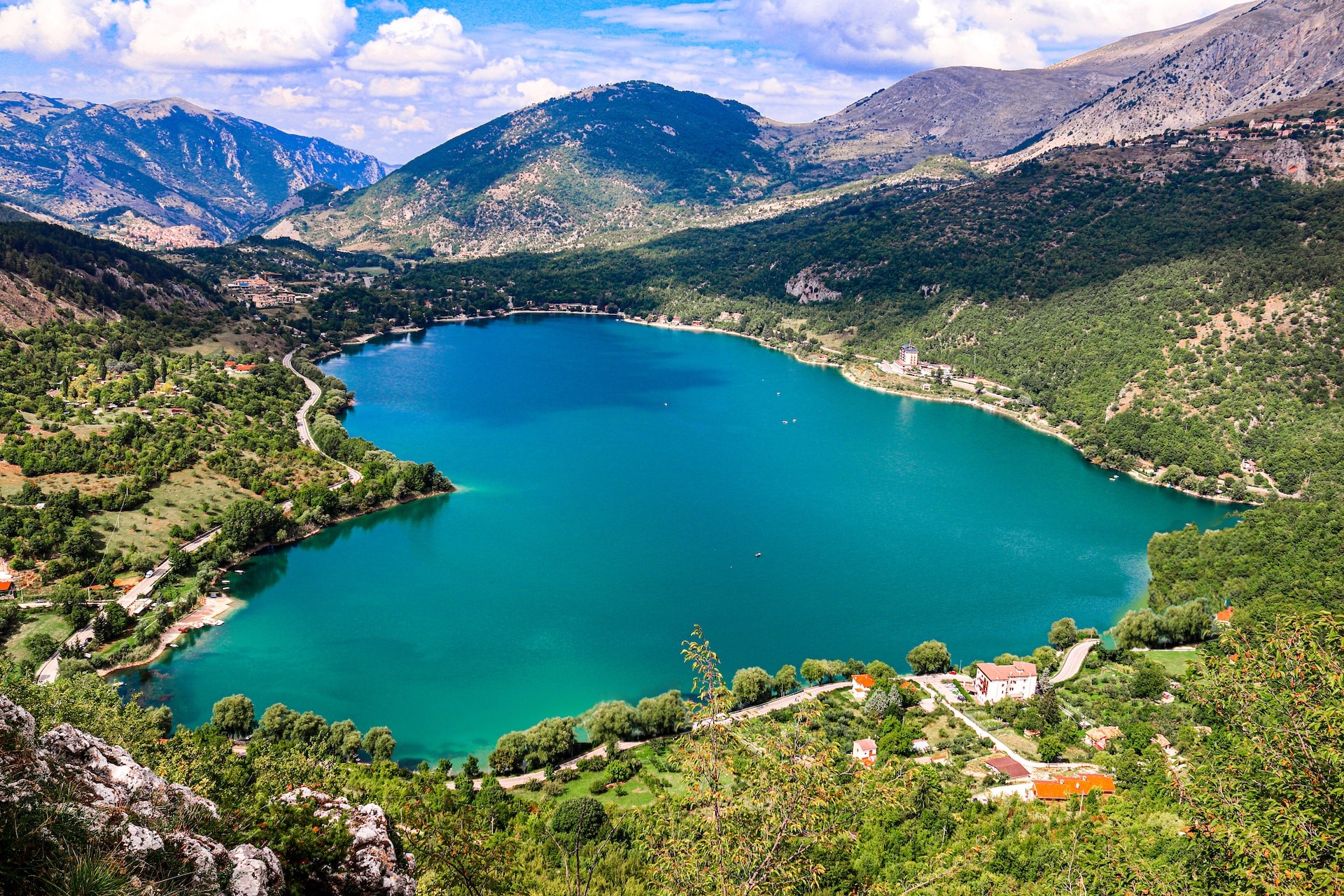 Lake Scanno with the village at the far end
Lake Scanno with the village at the far endScanno's enchantment extends beyond its status as one of Abruzzo's most beautiful towns, certainly the most photogenic. It offers a dreamy, timeless charm—a labyrinth of narrow, winding streets and steep lanes filled with tiny stores, each one showcasing exquisite local crafts and treats. The houses themselves seem to huddle together in a cascade down its mountainous terrain.
I thought, How is it possible that such a stunning place as this can exist in Italy and not be overrun with tourists? I guess it is probably because you need to have a car to explore properly, and many tourists are worried about driving in Italy, although our guide should help you to overcome that fear.
Scanno's real charm though lies in its preservation of tradition. Stepping into the village feels like entering a living postcard, where stone houses adorned with flower-filled balconies line narrow alleys. The heartbeat of Scanno is its central square, Piazza Santa Maria della Valle a hub of activity where locals gather and gossip, share local scandals and recipes (I discovered a great pasta dish from local grandmother Angelina) and make new friendships.
Lake Scanno itself is a short distance from the village, framed by verdant hills; it is impossibly turquoise on a sunny summer's day and impossibly lovely too. If this lake were in northern Italy, there would be houses and apartments all along the shore and tourists galore. Here, except at the height of summer, there is hardly a soul, just natural landscapes for as far as the eye can see..
Santo Stefano di Sessanio: A Medieval Time-Capsule
Santo Stefano di Sessanio, is a captivating medieval hamlet perched in the Apennines. This is a village that draws you into the quintessential Italian narrative from the moment you step upon its cobblestone streets. The village was once virtually abandoned when along came Daniele Kihlgren, a Swedish-Italian entrepreneur. Daniele fell in love with the village and began restoring Santo Stefano to its former glory, sparing no expense in carefully converting many of its abandoned cottages into modern-day accommodations.
Locals, proud guardians of their heritage, have started to return, and artisans and artists have found a paradise of peace and tranquility in which to create their art and share it with visitors. They made me and my family feel like cherished guests in their living history home. Our choice of accommodation, the Albergo Diffuso Sextantio, ensured we lived an immersive experience in one of Daniele's restored ancient homes.
The fascination with Santo Stefano extends beyond its medieval architecture. The surrounding landscape, a patchwork of rolling hills and mountains, is stunning. We spent many wonderful days wandering through the village, discovering artisan workshops and getting to know the artists, browsing the local markets, and absorbing the tranquility of life in this ancient town or picnicking in the hills around town.
The slow pace of life allowed us to savor each moment, from sipping espresso in the village square to immersing ourselves in conversations with the locals. Evenings in Santo Stefano involved long, lingering dinners in charming trattorias, with bountiful and fabulous local wine, lots of laughter, and the most wonderful local dishes served in hearty country-style portions.
Our time in Santo Stefano di Sessanio, like the rest of Abruzzo, was a mosaic of unplanned discoveries and genuine connections. Here's our full guide to the town, with everything you need to plan your visit.
Sulmona
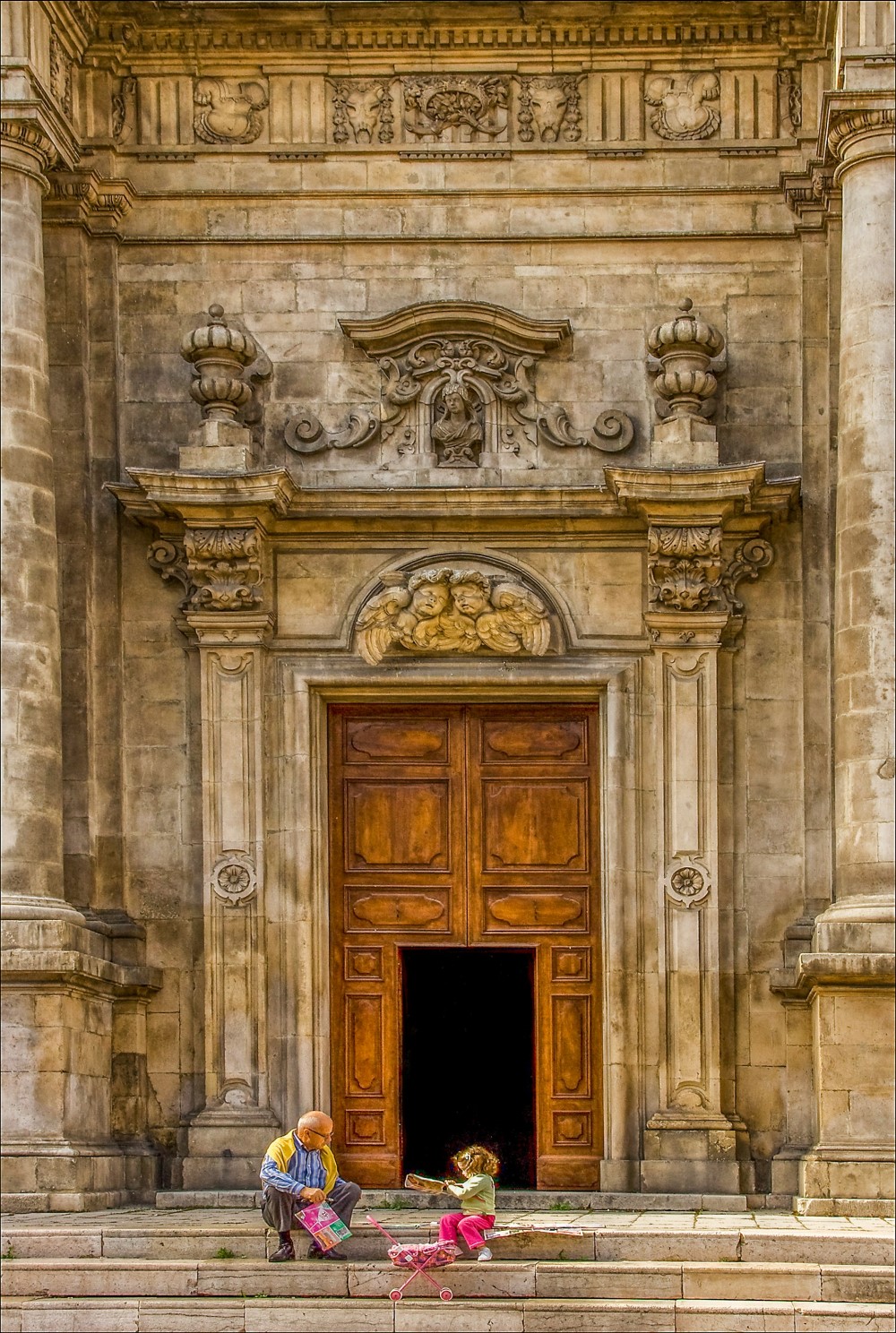 Sulmona by Sterlinglanier.
Sulmona by Sterlinglanier.Sulmona is famed for its association with the ancient Roman poet Ovid, who was born here over two thousand years ago. The town proudly celebrates its connection to this literary giant, with statues and plaques commemorating his life and work dotted throughout the streets.
No visit to Sulmona is complete without a stroll along Corso Ovidio, the bustling main thoroughfare lined with elegant shops and cafes. It was here that I got to taste the town's famous confetti, sugared almonds that come in an array of vibrant colors and flavors.
In the balmy summer evenings, I always found myself drawn to Piazza Garibaldi, the lively heart of Sulmona and home to the local street market. Here, locals and visitors alike gather to enjoy a passeggiata, and an aperitivo, savoring the warm evening air and lively atmosphere. Many of my fondest memories of the town were made during these endless summer evenings with new friends.
The Maiella National Park, with its rugged mountains and lush forests, is just a short drive away and offers incredible hiking opportunities, although some are rather challenging, so you need to ensure you have the right clothes for the season, proper hiking shoes or boots, and enough water.
Actually, that applies to all hikes in Italy, especially in mountainous regions where the weather can change quickly. During July and August, with the extreme heat, you need to plan your route carefully, ensure you have your phone charged, and have enough water.
Barrea
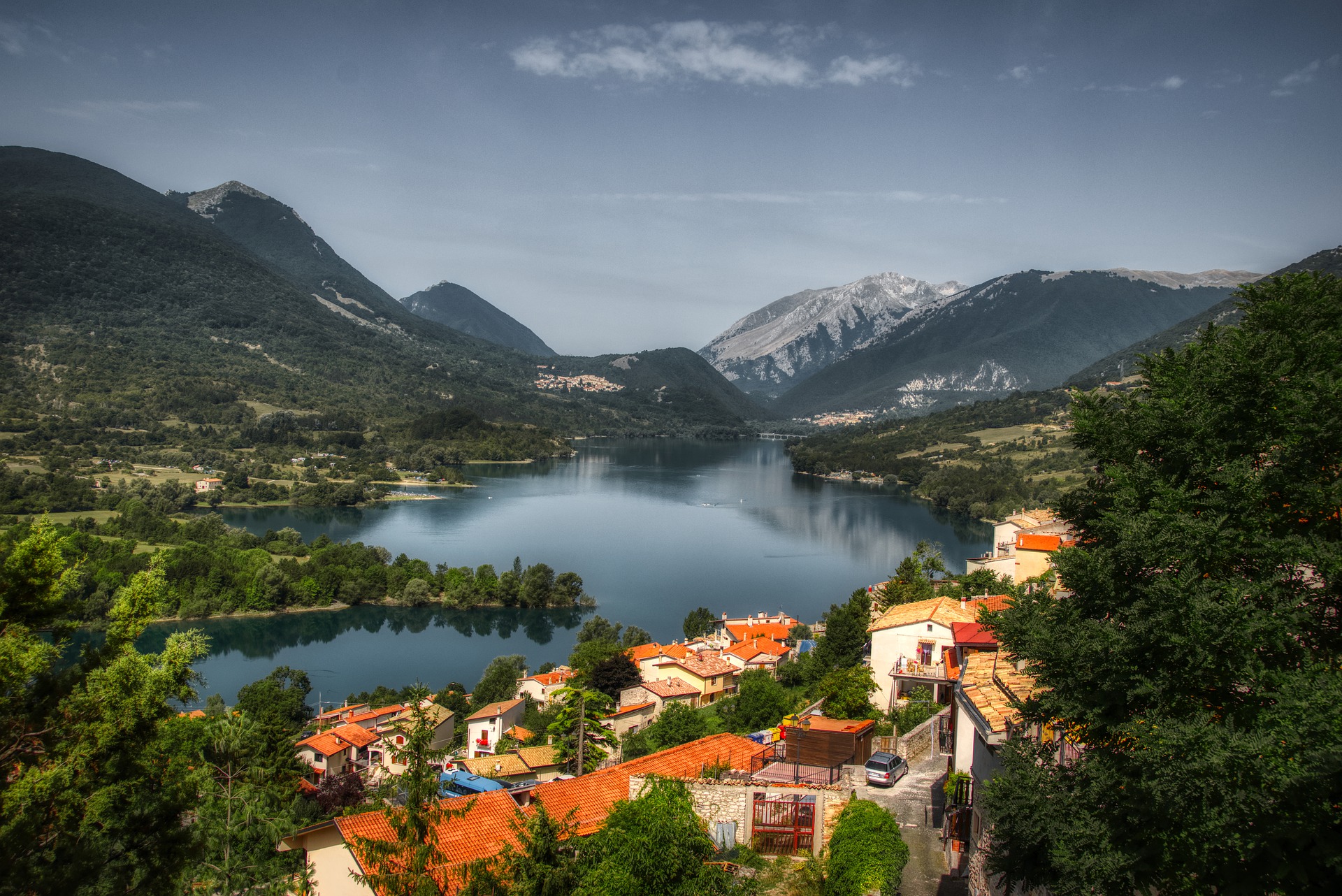
Barrea, not far from Scanno, is tucked away along the shores of Lake Barrea. The drive to this enchanting village, especially if you approach from the north, will take you through some of the most spectacular countryside you'll ever see. The journey offers views of rolling hills, dense forests, and majestic mountains, setting the stage for the natural beauty that surrounds Barrea.
Once you arrive, you'll find Barrea surrounded by the breathtaking scenery of the Abruzzo National Park. Everywhere you look, you'll see lakes, mountains, forests, and stone villages. This is Italy at its very best. Don't forget to explore nearby villages like Civitella Alfedena and Castel San Vincenzo, each offering their unique charm and beauty. Like all of Abruzzo, a car is really recommended to explore.
The Fortress of Rocca Calascio
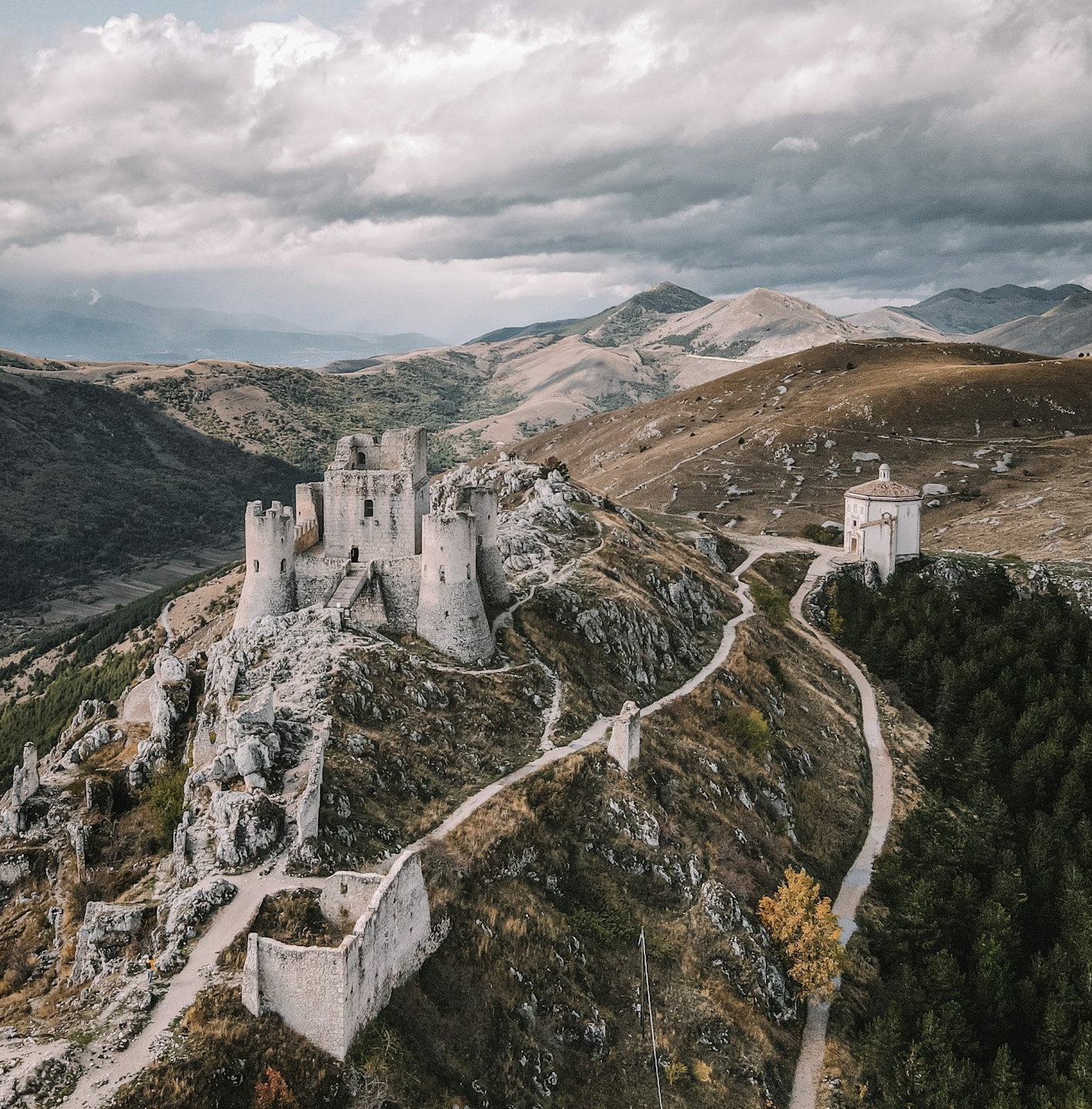 Rocca Calascio by @didiofederico www.fdsmilano.it Federico Di Dio on Unsplash
Rocca Calascio by @didiofederico www.fdsmilano.it Federico Di Dio on UnsplashThe fortress of Rocca Calascio is one of Abruzzo's most iconic sites, yet, in some ways, it didn't seem Italian at all to me. It reminded me a little of the wild, windswept landscapes of the Scottish Highlands.
Centuries ago, it must have been so lonely out here during the cold winters of Abruzzo. Now, at least on a warm summer's day, it is lovely—a few tourists, laughter, and excitement. But, despite the summer sunshine, I still feel a chill at the thought of what it would have been like. I am haunted by the ghosts of the past. An icy shiver runs down my spine.
This fortress has served as a backdrop for many films, including 'Ladyhawke.' Watch the movie, and you'll understand just how incredible this place is.
Equally enchanting is Santa Maria della Pietà, an octagonal church dotting the base of the fortress. Its traditional festa in May brings the place to life with folk music, lively processions, and dancing. Trekkers will love the trails leading to the fortress.
Beaches and Trabocchi in Abruzzo
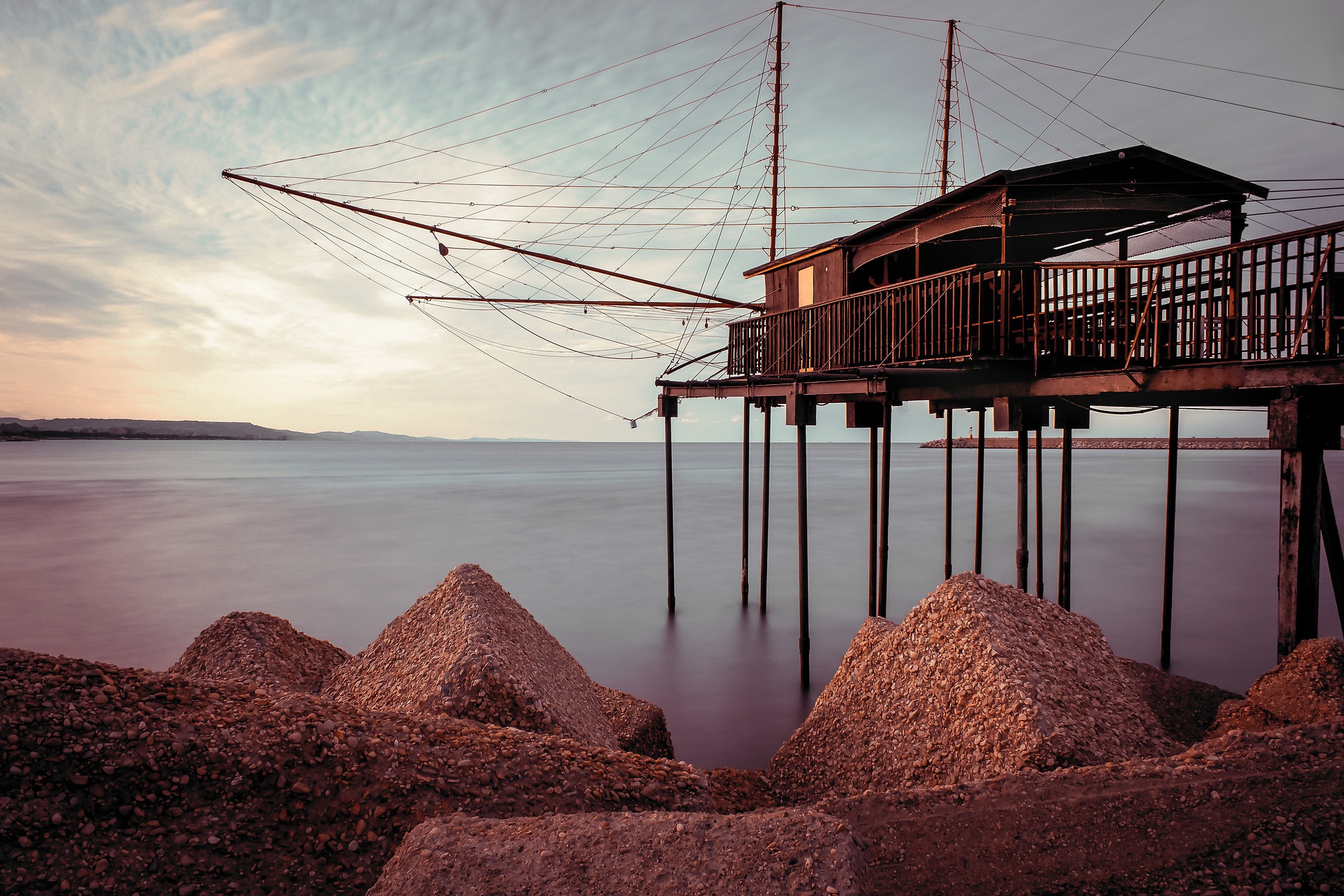 A Trabocchi in Abruzzo
A Trabocchi in AbruzzoAbruzzo's beaches, caressed by the Adriatic Sea, are unexpected treasures. Vasto, with its pristine shores, stood out among the best. What makes these beaches extraordinary is the absence of crowds, except for August and on weekends in July.
Vasto's coastline is known as the Trabocchi Coast. Most people have never heard of a trabocchi, but they are a great discovery. These rustic, wooden fishing structures enhance the charm of the beaches, providing a unique backdrop for sunset views, Instagram posts, and a link to the region's maritime heritage. Did I mention the lunch and dinners served in the Trabocchi? Well, they are delicious. The fish is literally pulled straight from the sea, into the pan, and onto your plate. Fresher than this and it is still swimming.
Explore nearby gems like Fossacesia and Rocca San Giovanni where hidden coves and picturesque seaside villages await.
Mountains and Wilderness
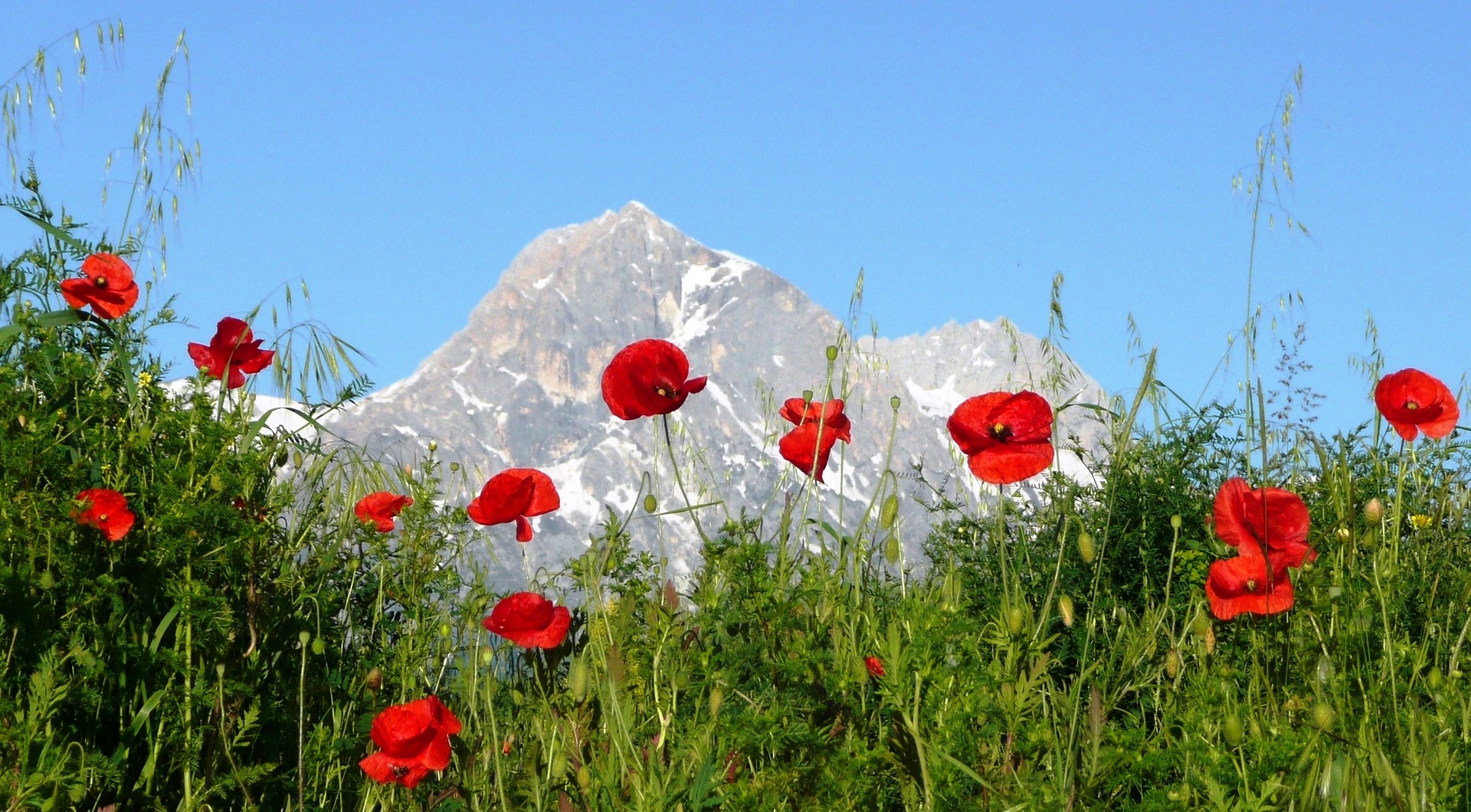
Prati di Tivo, nestled in the heart of the Gran Sasso National Park, offers trekking, climbing, skiing, and a myriad of nature-filled escapes.
Wildlife lovers won't want to miss the Parco Nazionale d'Abruzzo, Lazio e Molise. Immerse yourself in its diverse flora and fauna as you traverse scenic trails and impressive waterfalls.
How about a trip to Tibet while in Abruzzo? Well, the Campo Imperatore, is known as Abruzzo's "Little Tibet". In spring, this mountain plain is stunning, wild flowers cover the meadows in a canvas of color.
Don't miss taking a trip on the Trans-Siberian either; this is one of Italy's great train journeys. Find more about this and other great Italian train journeys here.
A visit to the Museo Nazionale d'Abruzzo in L'Aquila is a must for an in-depth understanding of the region's archaeological, artistic, and anthropological background—an enriching experience, indeed.
Food in Abruzzo
If you like Michelin-style dining (personally, I prefer home-cooked, family-run trattorias), I'd suggest dining at Reale, a three-star Michelin restaurant in Castel di Sangro. Under the expert hand of Niko Romito, this restaurant offers a range of gastronomic masterpieces fit for the most discriminating taste, and many rate it as the best restaurant in all of Italy. I don't, as I tend to try to avoid anything with a Michelin star or a celebrity chef in the kitchen.
More to my taste are the traditional Abruzzo-style cuisines in trattorias around the region, where you will find mamma and nonna cooking up delicious and hearty cuisine, featuring dishes, made with fresh, locally sourced ingredients, that are far beyond anything you'll get at a Michelin restaurant. They'll give you decent portions too—not a mouthful at a price that is hard to swallow.
Some of the must-try dishes include arrosticini, and pasta alla chitarra, a type of pasta made with a special guitar-like instrument. Other popular dishes include a hearty lamb stew known as pecora alla callara and a rustic soup called zuppa di lenticchie all'abruzzese, made with lentils and vegetables.
Pair a homecooked feast with a glass or two of the local Montepulciano d'Abruzzo wine for a culinary journey certain to captivate all five senses.
Nearby
Termoli
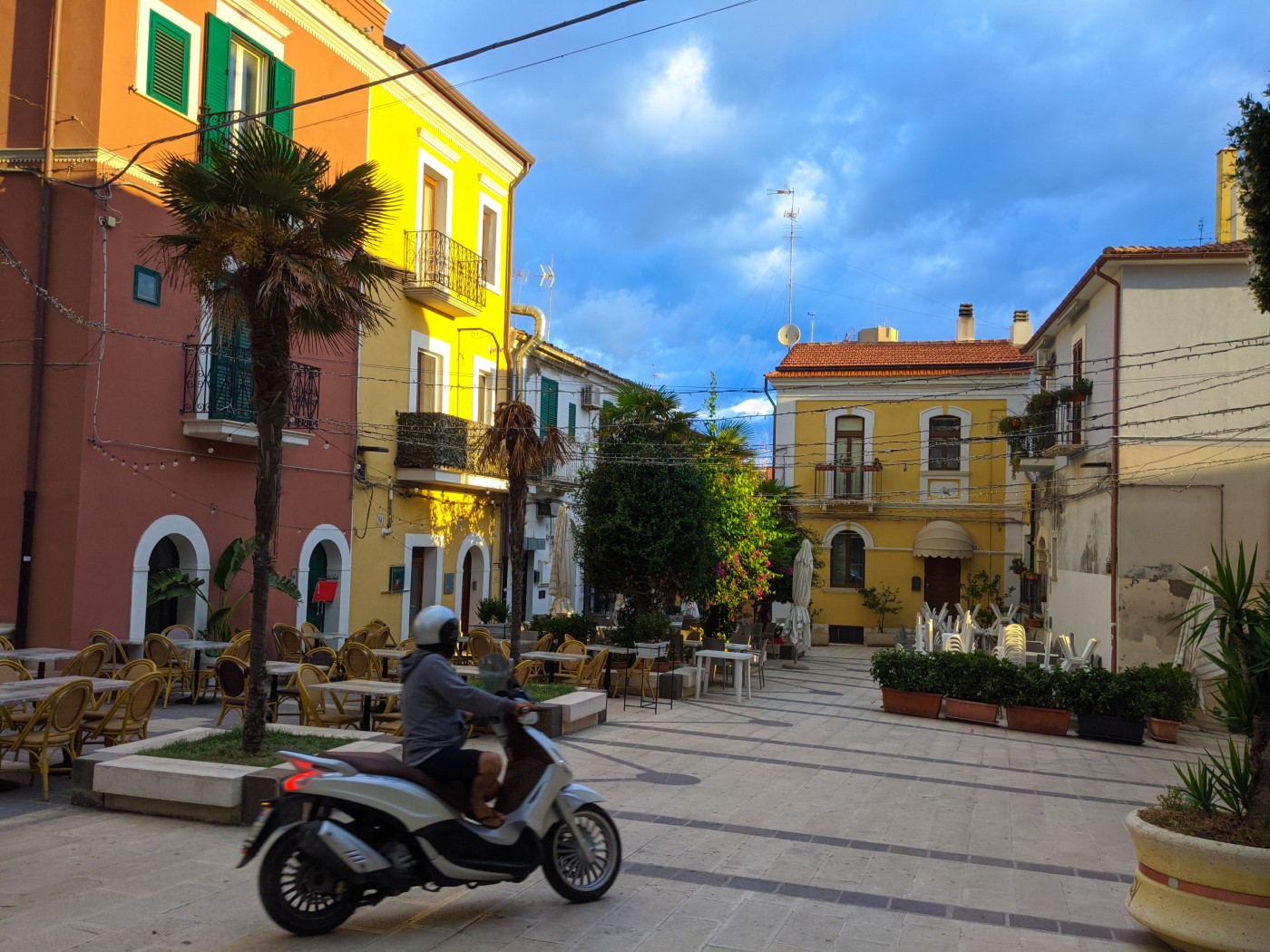 Termoli
TermoliNot in Abruzzo, but just across the border in Molise, lies the vibrant old town of Termoli. A quick train ride from Vasto, Termoli is an absolute must-visit. Its historic center is a feast for the eyes, with narrow, winding streets, colorful buildings, and a stunning coastline.
Don’t miss the medieval Castello Svevo, which offers breathtaking panoramic views of the Adriatic Sea and the glorious beaches of Termoli.
The local seafood cuisine is wonderful too; most famous of all is their seafood soup, which is famous throughout Italy and known as the Brodetto di Pesce alla Termolese.
Please Book with Us... Maria here, if you enjoy my site I'd love your support.
Simply book your next trip anywhere (not only to Italy) via the link below or with any of the hotel links on the website.
You'll get the best deal available and the income I receive helps me to remain independent and to keep bringing you more of beautiful Italy.
More Travel Tips:
- Book your tickets to museums and other attractions in advance on Tiqets.com
- Book your accommodation. Booking.com and Agoda help you to book accommodation in advance
- Book your excursions. Wherever you go, make the most of your time! Excursions with professional guides will help you do this - choose a location and the best option for yourself on Viator or Getyourguide
- Book your car. At least a month before is best. Use Discover Car Hire.
- Cash Back on Flights: Great deals & money back with WayAway
- Get peace of mind when traveling. Get insured with VisitorsCoverage.com
- Home
- Abruzzo
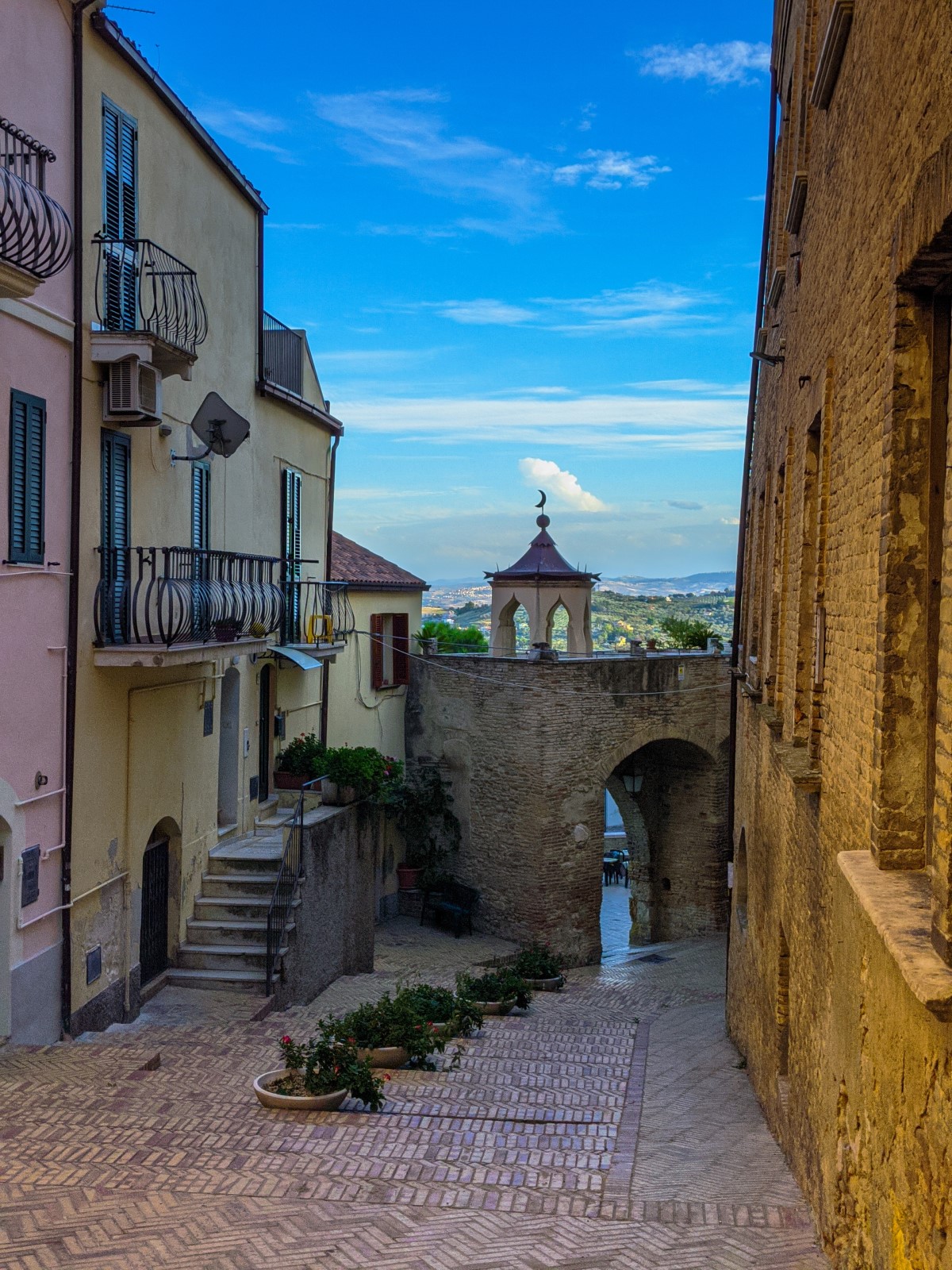

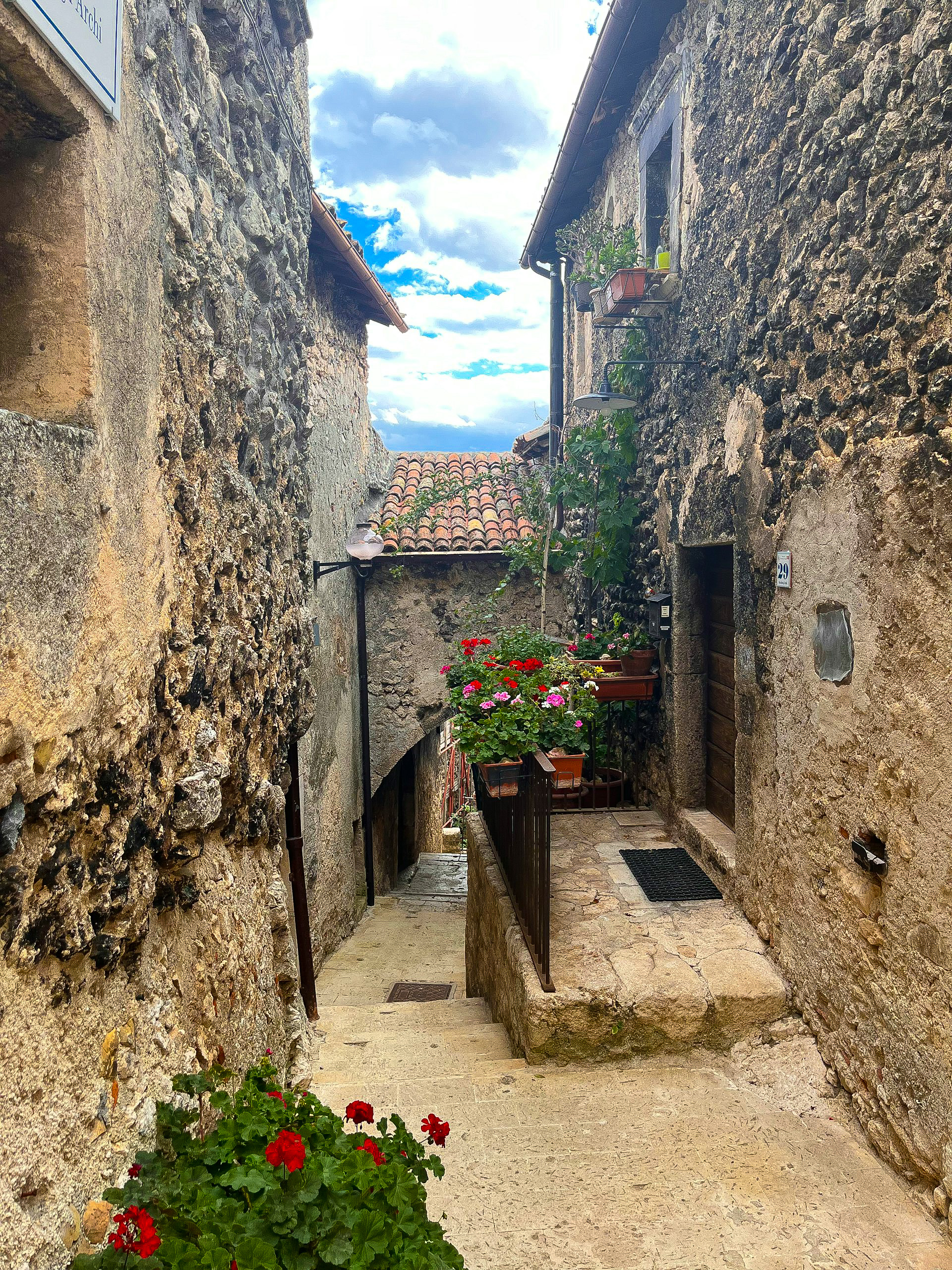



























New! Comments
Have your say about what you just read! Leave me a comment in the box below.